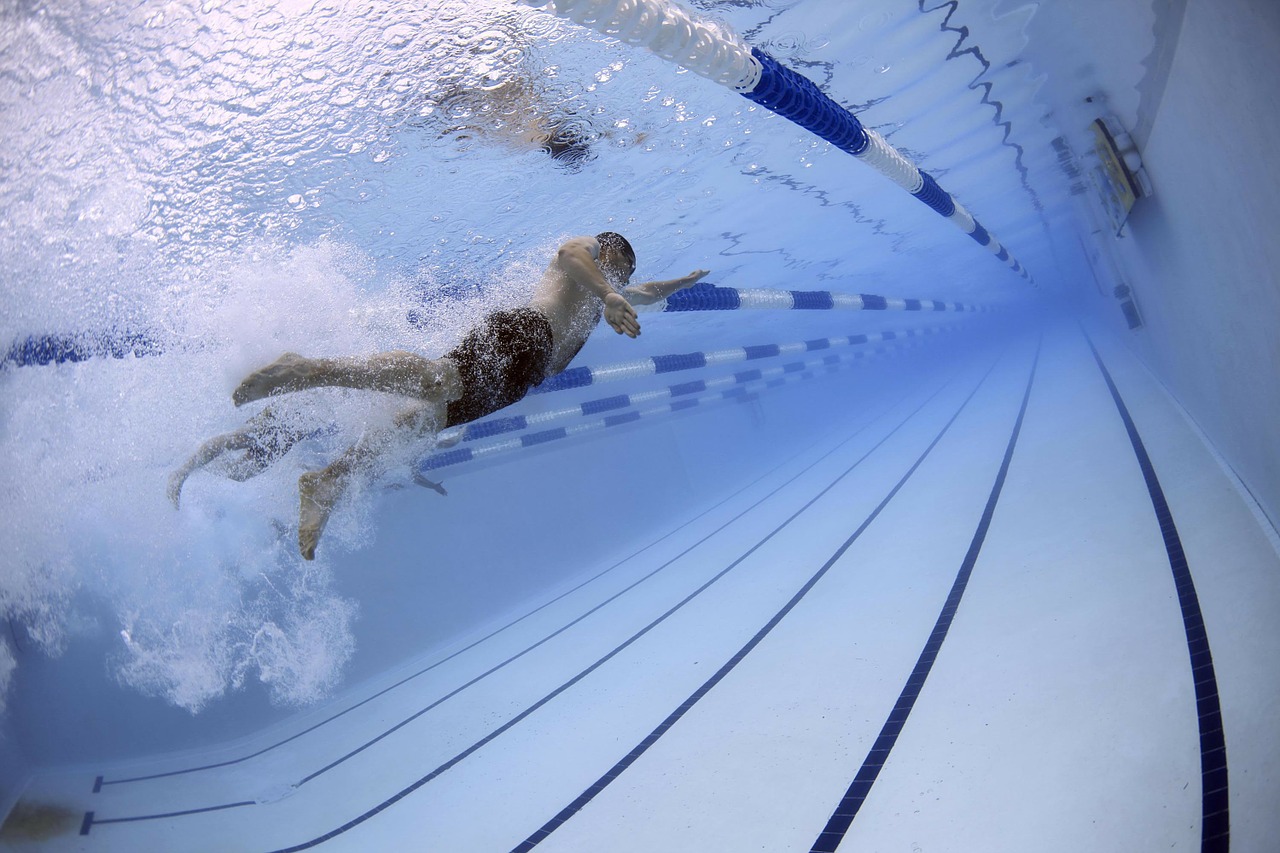Triathlon athletes make a living out of swimming in adverse situations, be that against the current, in poor weather, or against some other prominent obstacle. It comes with the territory when training in a lake, river, or ocean. Yet, there are many who would like to train for open-water swimming who do not have access to an open body of water. They are forced to swim in a traditional pool where the weather isn’t a factor and where currents are synthetically produced, not naturally created. Although swimming in a pool certainly is not a poor way to train, it does have the potential to under-prepare prospective open water swimmers. That said, there a few things athletes can do to better orient themselves for swimming against the natural elements:
Forget the Lane Lines
If it is allowed by pool staff, take out the lane lines. By removing these manmade barriers, you are better preparing your body for the climate of an open water atmosphere. When doing this, you should start in one corner and then proceed to swim around the perimeter of the pool for about ten to twenty minutes or so. The, at each corner of the pool, you should turn (as if each corner was a buoy). Just as well, you can take this time to develop your sight abilities. By sighting properly, you will be able to locate the buoys more easily as well be more aware of any swimmers ahead of you. In fact, you should place cones or other objects on the pool deck throughout your swim and then pick your head up in the middle of your swim to find the nearest object.
Swim SURROUNDED
A huge often unforeseen issue with new open water swimmers is the inherent claustrophobia. Although ostensibly paradoxical (you’d think open water swimming would mean loads of space), the fact is that participating in open water swimming is actually a very claustrophobic experience. With so many arms and legs flailing about propelling bodies to the same finishing point, someone is bound to be kicked and smacked a few times. However, you cannot let this slight contact distract you when you are in the middle of a race. In order to mitigate this initial surprise, you should pack the lanes with people and actually make sure you don’t have enough room. More specifically, I’d recommend swimming 25s with two other people in the same lane. If you all three start at the same time and fight for the lead until you reach the other end, you will become more accustomed to the competitive close quarters open-water swimming requires.
Tread with Care
Remember, not all races start on land or in shallow water. In fact, it is quite common for races to start in the middle of a lake or river. In these more advanced swims, athletes are required to tread water for an extended period of time that can be exhausting in its own right. For those experiencing this type of race for the first time, treading water can be downright daunting. In order to prepare for this type of situation, you should head out to the deep end of the pool and tread water for at least five minutes. Use a breaststroke kick and scull your arms in order to literally keep you head above water. The whole point of treading water is to stay afloat without tiring yourself out, a valuable skill. So long as you practice this, you should be able to tread water without losing too much energy.
Open water swimming is a sport that goes far beyond what the eye initially sees. There are nearly innumerable aspects to a race, from treading water before its beginning to remaining calm in the midst of a swirling chaos of appendages. It’s as much a mental discipline as it is a physical workout, and the only way to succeed as a swimmer is to remember such.
